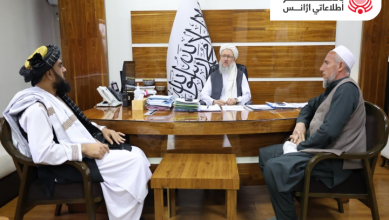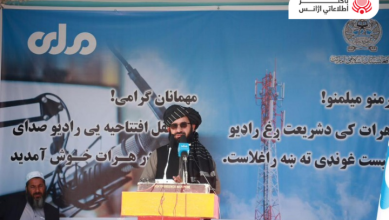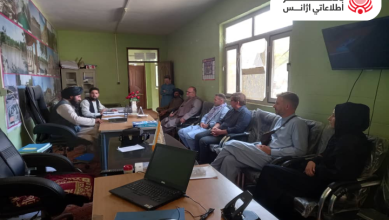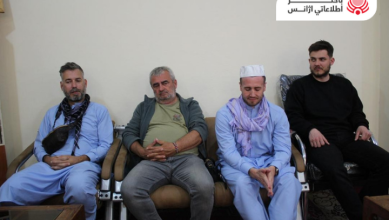
Monday July 23, 2018
Kabul (BNA) In March 2001, months before the horrific events of 9/11 put the Taliban on most Americans’ radar, I watched with horror as a group of Afghan extremists rode through the jagged Hindu Kush along the ancient Silk Road.
They stopped in the Bamiyan Valley, a lush basin ringed with sandstone cliffs, and began to climb a pair of stunning 100-foot high Buddhas that were carved into the sides of the valley walls 1,500 years ago. The men were carrying loads of dynamite. Slowly, with choreographed precision, the men placed their explosives in inlets throughout the Buddha sculptures and hit their detonators. Boom. The Buddhas of Bamiyan were destroyed forever or so everyone thought.
With the exponential advances of 3D digitization, projection, and printing, in 2015, the Buddhas of Bamiyan rose again. Thanks to new 3D projection technology that cast holograms of the original Buddhas from projectors mounted on scaffolding, a crowd of locals, playing music and staring in awe at what was just moments earlier a gaping hole in the mountain, watched as the two towering idols, lit from within, rose again for one evening. For me, this was a memorable moment, showing just how far 3D technology had come. The light show was reportedly a gift from a Chinese couple to the Afghan people, and it called upon the same technology that brings us holograms of political leaders offering speeches, or Michael Jackson doing the moonwalk long after his death.
The reincarnation of the Buddhas marked a turning point for a new kind of historical activism. Thanks to the power of 3D printing, the technological prowess of innovative startups, and the industry-wide power of giants like Google (goog, -0.20%), we have a new tool in the fight against cultural terrorists: a way to bring back the glorious historical monuments that some would like us to forget. The Taliban televised their demolition of the Buddhas, and Ben Kacyra was horrified. Kacyra, a native of Mosul, Iraq, had seen his fair share of senseless destruction. He was so devastated by the loss of the Buddhas that in 2003 he founded CyArk, a humanitarian and cultural nonprofit that creates digital records of the world’s cultural heritage sites. Among the sites now committed to their digital memory: the Ananda Ok Kyaung temple in Bagan, Myanmar, which was badly damaged by a 2016 earthquake (they mapped it before the earthquake, saving its pre-damage shape); the Al Azem Palace in Damascus, Syria; and the ruins of the Mayan city of Chichen Itza in Mexico.





I appreciate the nuanced scenery you offered on this subject matter.
It’s uncommon to discover such balanced web content.
you’re really a just right webmaster. The web site
loading pace is incredible. It kind of feels that you’re doing any unique trick.
Moreover, The contents are masterwork. you’ve done a great process on this topic!
Your blog site continues to encourage me. This article was actually yet another proof to your skill.
This post attracts attention for its equilibrium of records as well as individual insight.
Truly a satisfaction to check out.
Your method to this topic is actually so various from others I’ve checked out.
It is actually refreshing to see such authentic content.
Wonderful work!
Highly descriptive blog, I enjoyed that a lot. Will there be a part 2?
Can I simply say what a relief to find someone that actually understands what they’re
discussing online. You actually realize how to bring an issue to light and make it important.
A lot more people really need to read this and understand this side of the story.
I was surprised you are not more popular since you certainly have the gift.
I value the distinctions you have actually highlighted in this message.
It adds coatings of understanding to the subject.
The example you referenced included so much body weight
to your debates. I appreciate the in depth study.